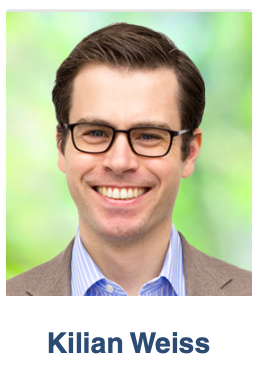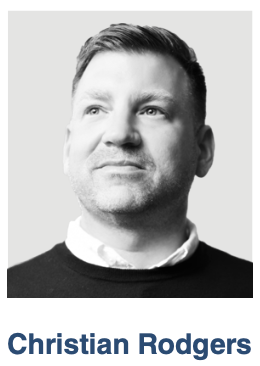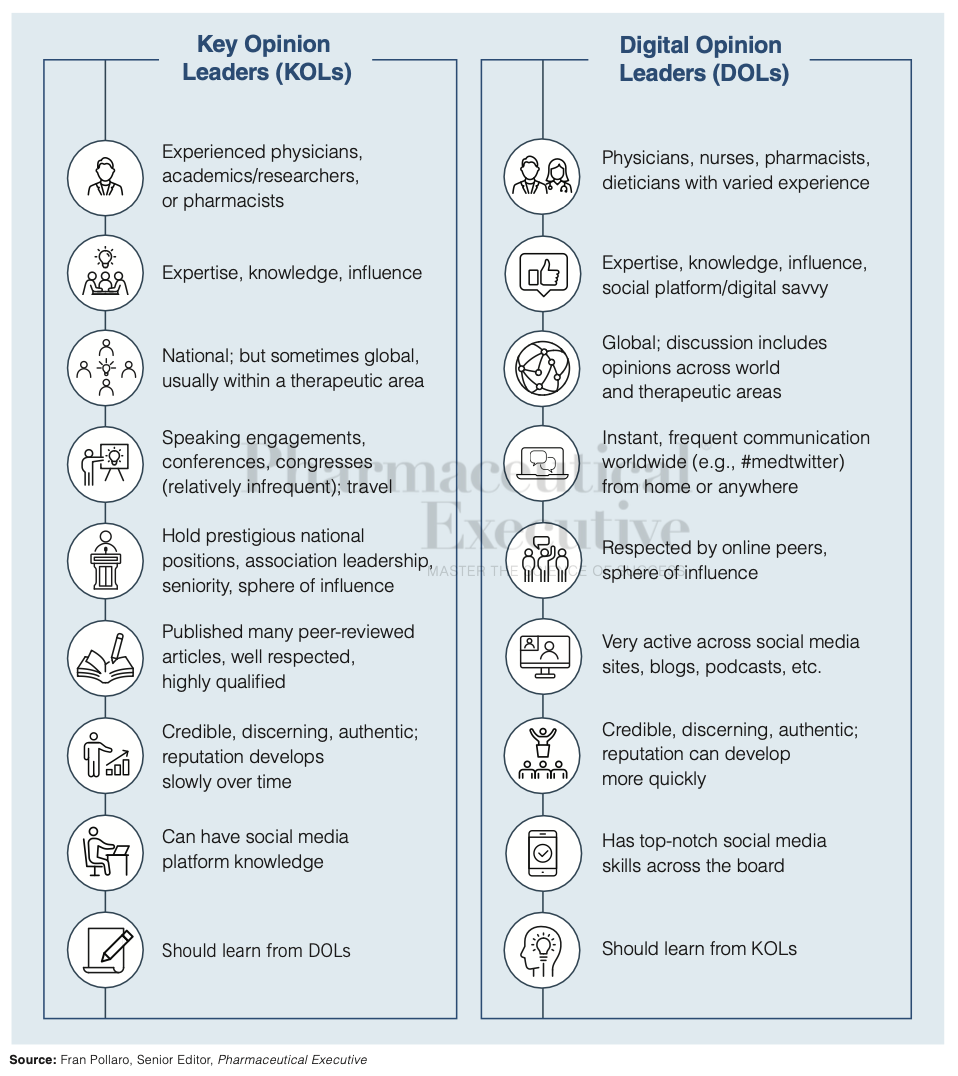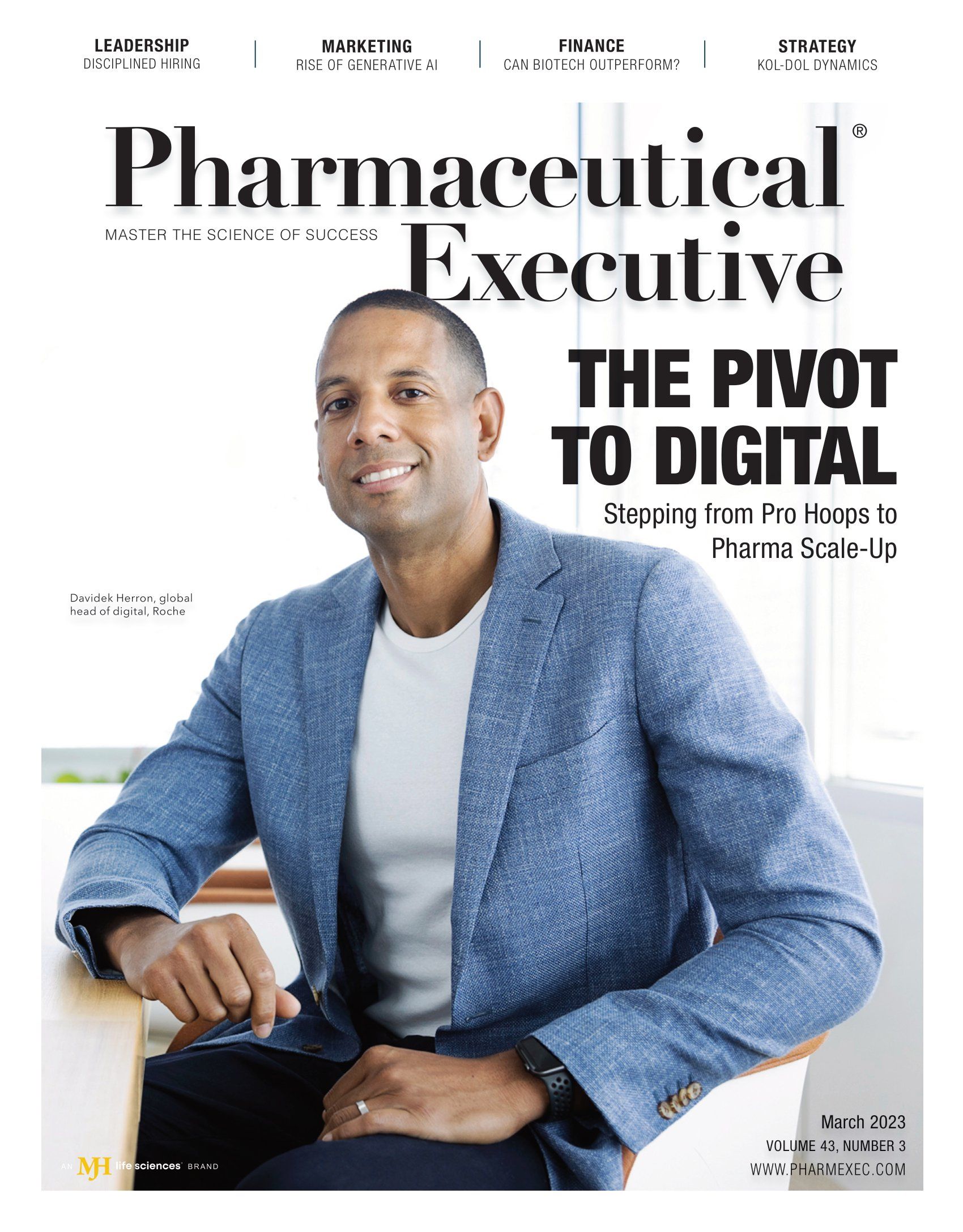A New Era of Influence: Embracing the KOL-DOL Dynamic in Healthcare
How pharma companies can leverage the lessons learned during the pandemic around key opinion leaders and digital opinion leaders, respectively, to best use new channels of communication. Can both coexist across the healthcare engagement spectrum?

The life sciences industry has always partnered with key opinion leaders (KOLs) for their expertise to raise awareness of new products, treatments, and/or other key issues. Over the past few years, however, the industry has had to adapt how it interacts with KOLs. The COVID-19 pandemic caused many key conferences to either cancel major events or switch to online platforms. When live conferences were still held, event planners often had to implement safety measures that included social distancing policies.
The result was that KOLs—who were very active at these events—were not able to interact with other doctors, researchers, and key figures in the industry as they normally would have. This led to a rise in a different type of opinion leader: the digital opinion leader (DOL). These influencers use digital platforms, such as social media networks, to connect with audiences, other doctors, and key patient groups and suddenly found themselves in a much more important position within the industry.
Pharmaceutical Executive spoke with Donna Short, executive vice president, global ambassador strategies, MJH Life Sciences, about the differences between KOLs and DOLs and how each were uniquely impacted
by the pandemic.
“KOLs lead in thought, perspective, and vision for the future,” says Short. “Part of what they missed during the pandemic was the ability to have spontaneous conversations with industry leaders at conferences and events about data to discuss how they might be able to optimize trials in a better fashion, unless the meeting was set up for that specifically. Digital KOLs (DOLs), meanwhile, are willing to share thoughts and take a stand, but they may not be the ones leading the research or applying for grants. Sometimes, an opinion leader can be an influencer as well. They also usually have a lot of emotional intelligence around what they share and how they share it. They have many patients [who] follow them as well.”
As the world begins to move past the pandemic, many of the restrictions are being lifted. Live, in-person events are returning, and attendees are facing fewer and fewer limitations. KOLs and DOLs both adapted to the changes brought about by the pandemic, but they are now facing a new question: how do they adapt to a world that’s returning to normal?
On one hand, things could go back to how they were prior to COVID’s onset. But the pharmaceutical industry started to notice certain benefits to how DOLs operate. In addition, while KOLs and DOLs are two separate groups, there is a lot of overlap. Experts who previously worked as KOLs discovered new digital platforms to spread their expertise. Other KOLs teamed up with DOLs for various strategies to create unique ways of interacting with their intended audiences.
Moving things backward may not be the right answer.
Christian Rodgers, senior vice president of social media at branding and advertising firm Precision Effect, spoke with Pharm Exec about his work with both KOLs and DOLs, specifically how each adapted to recent times. According to Rodgers, both groups complement each other, and one doesn’t have to replace the other.
“I do see KOLs and DOLs coexisting,” says Rodgers. “Social media usage by doctors varies, with some easily adapting to platforms like TikTok or Instagram Reels, influencing their audiences with authority. While some may possess varying degrees of polish, others just have an unwavering passion for the conditions they treat and their scientific intricacies. For example, as an agency that’s worked extensively with eye care companies, we have gotten to know numerous DOLs who produce captivating content showcasing their fervor for corneas and the more visual aspects of eye science.”
Pharm Exec also talked with Veeva Systems’ Kilian Weiss, general manager ofVeeva Link, a platform for medical, commercial, and clinical teams to gain real-time intelligence on KOLs, conferences, health systems, scientific awareness and sentiment, and medical insights. He’s noticed a long-term trend of fragmentation of experts. Opinion leaders are becoming more and more focused on specific disease areas, treatments, or technologies. This is partially a result of the rise of precision medicine, which has resulted in more segmented patient and disease groups and, thus, many more channels ofcommunication.

“DOLs have a very important role as an intermediary to bring this information into a very wide audience that is consuming digitally,” Weiss tells Pharm Exec. “That can be physicians, who we’ve seen consuming information increasingly via these digital channels. There are new audiences, which include both patients and disease experts. The macro view is that the world is more complex; so, we have more experts in more specialized areas and many more groups that are bridging that information to everyone.”
Another factor that is changing the way that opinion leaders interact with the modern life sciences industry is new, high-tech therapies. As Weiss explains, KOLs and/or DOLs who are focused on a disease may have to team up with an opinion leader who is focused on the technology being used. As an example, Weiss points out that experts at MIT are working on algorithms to detect biomarkers in a patient’s voice that have been discovered by doctors that can indicate a COVID infection. These algorithms could be used with phones to detect the virus through the sound of someone’s voice.
To properly discuss this research, a COVID opinion leader would have to team up with an opinion leader in the tech field who has expert knowledge in how algorithmslike this work.
“These types of experts don’t meet at any conference, or really anywhere,” notes Weiss. “It’s a totally different world. Traditionally, you’d have an expert who knew the science, and they knew the patient. It was one community, and they were figuring it out. Now, however, there’s incredible potential for life sciences companies with these specialized problems to bring these various experts together. There’s no organic process to do that, and it could transform how patients arebeing treated.”
According to Short, KOLs are already used to working with teams, so reaching out to new types of experts shouldn’t be an issue. She notes how, in oncology, there is a KOL for radiation, medical oncology, and surgery. The key, she says, is allowing each opinion leader to focus on their area of expertise, and then allow the other experts to lead the conversations or education when it’s appropriate.
One issue consistently comes up during conversations about opinion leaders using digital platforms such as social media, and it’s completely unrelated to the pandemic or the easing of restrictions. Unlike medical conferences and industry events, social media platforms can be very unpredictable. For example, multiple experts point out that Twitter has recently gained a reputation for becoming more caustic and experiencing more troll behavior. While it’s impossible to confirm whether the tone of a social media network has changed, the perception that it’s become less friendly due to outside changes can be enough to drive people away.
This can force DOLs to have to change their platform, as it’s important for them to be active on the same platforms as their intended user base. Short mentioned that she’s seen a lot of the experts she works with switch from Twitter to LinkedIn, where they feel the general atmosphere is less caustic. Rodgers, however, points out that many of the topics discussed by medical DOLs don’t attract too much bad behavior on social media.

“Trolls don’t typically show much interest in disrupting medical or surgical conversations ,” he says. “Sometimes a DOL will post on Instagram a video answering a few questions about a procedure or therapy, and a related healthcare company wants to post the video on its own channel. If it does, agencies like ours will monitor all the online activity associated with that piece of content on their platforms. Wherever it goes on that company’s social media channels, and if a comment comes up that is troll-ish, it can be
deleted or hidden.”
It’s also important for DOLs to focus on the social media platforms that work best for the type of content they are producing. Someone that’s proficient at producing short form written content and static images will probably do best on Twitter. Meanwhile, a DOL that’s talented at creating conversational videos may prefer TikTok, Instagram Reels, or YouTube, all of which also have
strong platforms for people looking to engage with other doctors
or patients.
Rodgers also notes that he’s seen doctors shifting away from Twitter. He describes it as a place where doctors used to be able to openly chat with each other, but the network doesn’t seem to work for that kind of discussion anymore. He says that LinkedIn is the first place people are going to look for DOLs; therefore, every opinion leader should have a fully built-out profile on that network.
A significant benefit of using digital channels is the scope of data that they provide. Traditional KOLs would appear at conferences and speak with trade publications, which have proven to be effective ways to get a message out. The benefit of using digital platforms, however, is that they can provide a much more exact measurement of the reach.
“When you have a product, you can measure digital channel use by KOLs,” says Weiss. “You can look at more than a million people and see how they consume and/or publish on these channels. There’s some fluctuation, especially around the smaller, closed social networks. There is also some consistency, however. Twitter is still an important channel. It differs by community and country.
The US and Germany are different. Japan is different, and China is obviously very different. Long story short, there’s some fluctuation on the smaller closed networks. There’s stability on the larger channels.”
For pharma companies, the biggest question is whether to focus on KOLs and traditional methods of communication or DOLs and the new digital channels that are available. According to the experts, the answer is: they should do a mix of both.

However, there was some disagreement about how balanced this mix should be.
“There will always be the need for a small circle of KOLs forpharma companies, about eight to 12 of them, who are their go-to doctors who are under contract,” says Rodgers. “With DOLs, we’re looking at circles of 100 doctors, or even more, who may or may not be under contract. We have the technology, however, to be able to track them, map them, see when they get published, quoted somewhere, and when they tweet.”
Weiss has a differing view on the subject. He sees the fragmentation among experts as the main driving force behind opinion leader strategies. Pharma companies should be looking to bring the proper experts together, which may mean introducing lung cancer experts to artificial intelligence opinion leaders.
“We have to be realistic,” says Weiss. “Digital community leaders are valuable, but not everything is moving into the digital space. If I was a pharma company, I’d consider it one area to focus on, and it’s just an additional channel with better real-time signals. The classic models will return after the COVID hiatus, but they won’t replace digital. Digital used to be about 10%, then ramped up to 40% to 50%, and now is at 30%. It’s not going to be 80% since people are going to major conferences again.”
Another reason why KOLs are unlikely to be fully replaced by DOLs is because, for many experts, maintaining a strong online presence is something they’re either uninterested in or not capable of. Everyone’s interests, abilities, and accomplishments will determine what their relationship with the digital landscape is.
“I think it is important for doctors to get social media training, but it’s not mission-critical,” says Rodgers. “Someone in the office could do it. It’s an easy channel to manage if you’ve got the right person to manage it. If you’ve got a doctor who is a digital caveman, there’s no point in trying to get that person to create Facebook ads. It’s better to just find someone who can do it for them. It’s going to be expected that you have a presence. You don’t have to be making TikTok videos every day, but at the minimum, you should have a fully built-out LinkedIn profile with publications and some pieces you’ve written yourself.”
This is another area where there was some disagreement among the experts. Unlike Rodgers, Short believes that KOLs can still be fully effective in today’s world with little to no online presence. It depends on the specifics of the workthey’re doing. “Doctors are choosing how much of a social media presence they need to have,” Short tellsPharm Exec. “There are some KOLs [who] don’t have a presence at all on social media, and they still function quite nicely. It’s like a group that has inside jokes and who is all-in on the joke, and there are people on the periphery who aren’t in on the joke, but others in the group may explain it to them. You’ll find a group of people who are still KOLs, but you’ll find another group of people who are KOLs [and] have a lot of people who are in their disease state [and] having lots of social media conversations. A lot of it [is] driven by thedisease state.”
Now, as the live events and conferences return, the pharma industry is figuring out the best ways to work with both KOLs and DOLs. There are benefits to both, and many experts could be described as either kind of opinion leader. Moving forward, the industry appears to be embracing both forthe time being.
“When it comes to choosing between using a KOL or a DOL, it depends on what the company is looking for,” says Rodgers. “If a company wants to do a KOL/DOL campaign, the first step is mapping out all of the doctors from that therapeutic area. Once that is done, it will depend on what work have they done, what publications have they been in, [and] what does their social graph look like? That’s the starting point, and then it’s time to figure out the different ways to utilize these doctors’ expertise to create content.”
The life sciences industry relies on the voices of experts. Whether these opinion leaders are educating doctors, shining a light on new therapies, or just bringing patient groups together, they are an essential part of the industry. Both KOLs and DOLs will likely continue to work in relationship with each other as more and more channels of communication open up.
Mike Hollan is Pharm Exec’s editor and can be reached at mhollan@mjhlifesciences.com.

Cell and Gene Therapy Check-in 2024
January 18th 2024Fran Gregory, VP of Emerging Therapies, Cardinal Health discusses her career, how both CAR-T therapies and personalization have been gaining momentum and what kind of progress we expect to see from them, some of the biggest hurdles facing their section of the industry, the importance of patient advocacy and so much more.
Applying Porter’s Five Forces to Portfolio Management in Pharmaceutical R&D: A Strategic Roadmap
March 17th 2025The increasing costs and complexity of R&D in the pharmaceutical industry have necessitated the adoption of strategic portfolio management to optimize resource allocation and enhance competitive advantage.